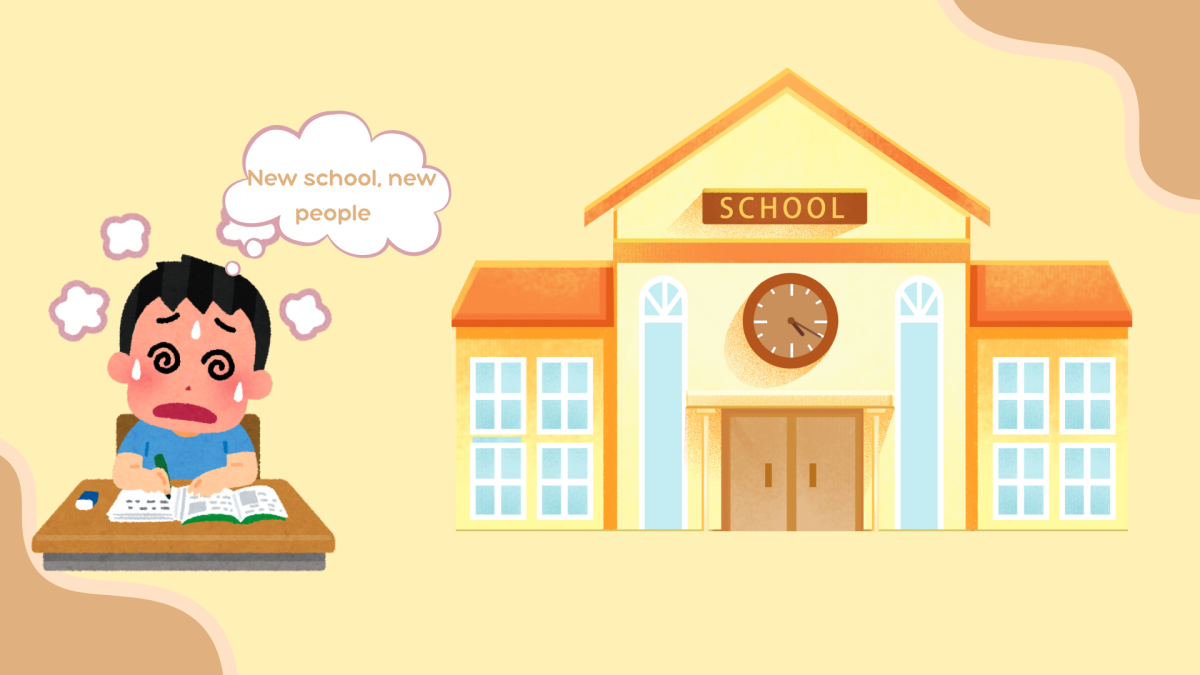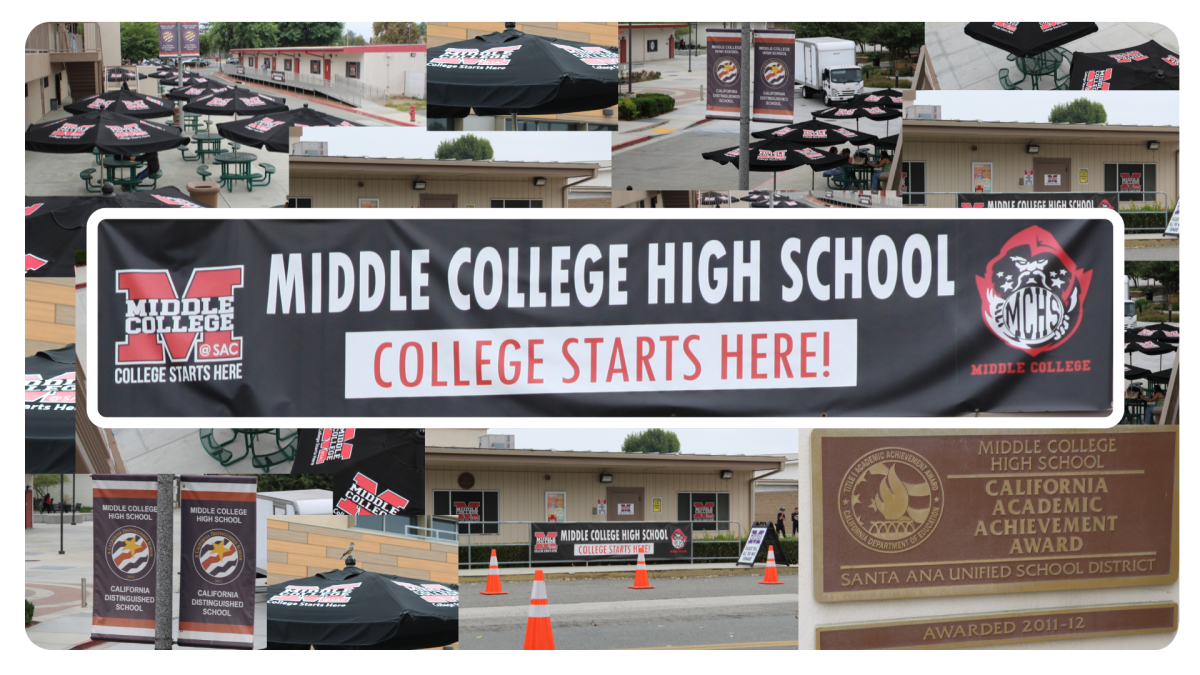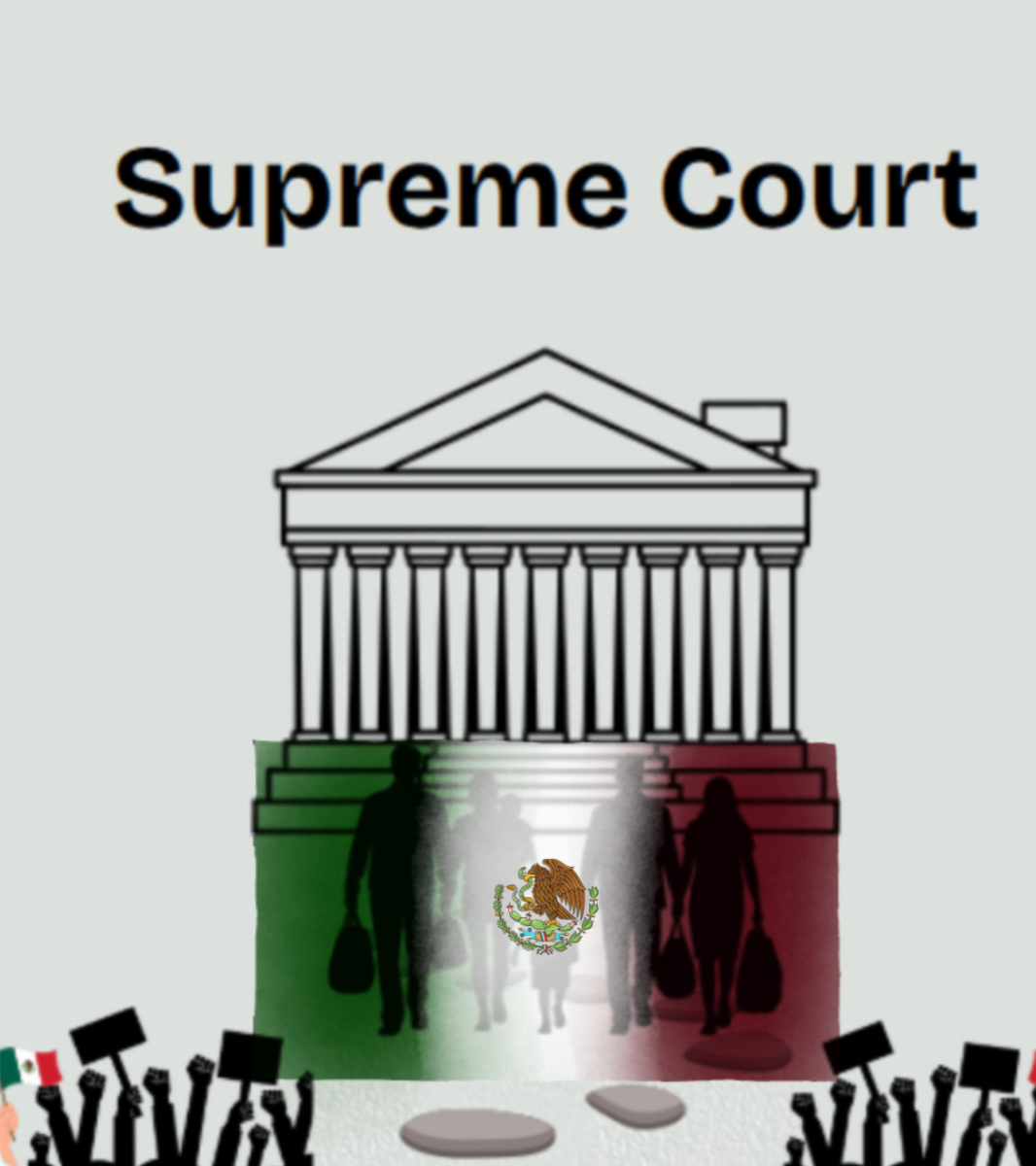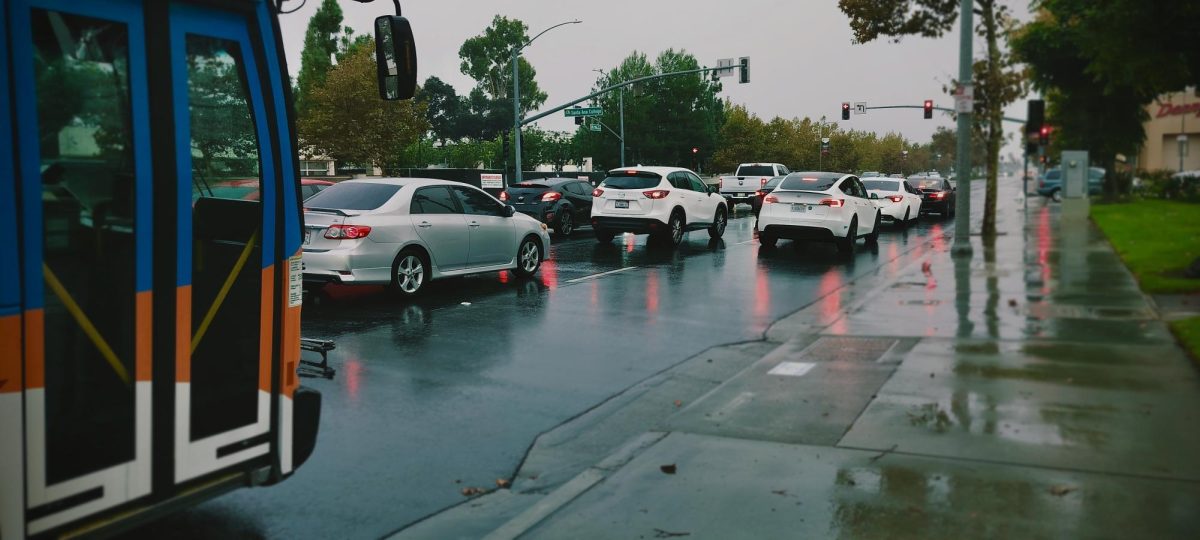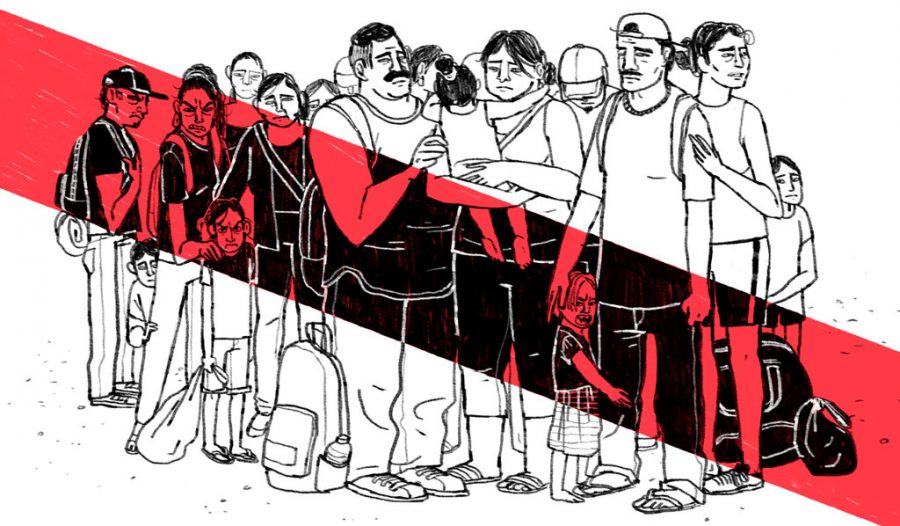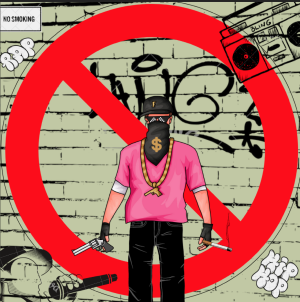Immigration caravan seeks refuge in the U.S.
May 23, 2018
There is nothing more discouraging than trying to take a step forward and falling three steps behind. For immigrant asylum seekers fighting for a better life in the United States, their struggle has recently become more difficult.
Central Americans who flee their homes and join “caravans” are desperate to escape the horrors that they face in their home countries. The United States, by set laws and regulations, is legally obligated to allow people from all around the world to apply for asylum. The process for these people is lengthy and extremely difficult.
According to The New York Times, the first step of the process is a “credible fear” interview, a series of questions that determines whether or not asylum seekers are fleeing from a home that is unsafe. They go on to explain that: “If the applicant passes that, the next step is plunging into an immigration court system that can take years to reach a decision. More than three-quarters of asylum-seekers from the northern triangle who came before the court were rejected from 2011 to 2017.”
Following the interview, they are required to prove that they are fleeing because they are facing persecution in one of the five main categories, or “protected grounds,” according to Wikipedia. These include persecution based on race, religion, nationality, political opinion, or social group.
The third step is proving that the government of their home country takes part in the persecution, or is unable to prevent it.
With so many people from various countries seeking the chance to build a better life in the U.S., immigration is a highly populated activity. Our President, Donald Trump, has used the recent immigration caravan to strike fear in the hearts of Americans and create the misconception that those seeking asylum have dishonest intentions.
In an interview with U.S. History teacher Mr. Ramos, he explained that:
“Unfortunately, Trump is using this caravan to rally his base. ‘Here’s another example of how people want to enter illegally, and he’s the man to stop it.’ Immigration as a whole is very political, but should not be manipulated for political gain.”
In essence, he is explaining that not all immigrants come for the same reasons; they are not all coming illegally. The asylum process has rules for a reason, and the United States does a good job in enforcing them. The immigration process has not changed, and there should be no reason as to why we turn our backs on those in need because of a false manipulation of information.
The United States has interfered in several South and Central American countries throughout the years. Though our intentions were to help, our assistance has not always been beneficial. Mr. Ramos gave an example of this concept through an explanation of U.S. intervention in Guatemala:
“In 1954, Guatemala elected a president. He did not not have a warped mindset… He wanted to help the poor. His goal was to take land from an American corporation to give to the poor people of Guatemala. He was willing to pay for the land… The (American) CIA helped to overthrow his government in response to this and trained Guatemalan people who disliked their president to rebel.”
The impact of this rebellion destroyed Guatemala’s democracy. After the president was overthrown, a military dictator took over and a civil war took place. This is why people began to flee Guatemala in large numbers, and this applies to other countries as well.
If the United States has played even the smallest part in their downfall, the least we can do is try to aid the innocent. As future voters, students should be aware of the caravan and the issue of immigration in general. It is important to understand the rhetoric that politicians use and how they can manipulate situations for their own gain.
The caravan is not something that should be feared, it should be researched, understood and supported.

